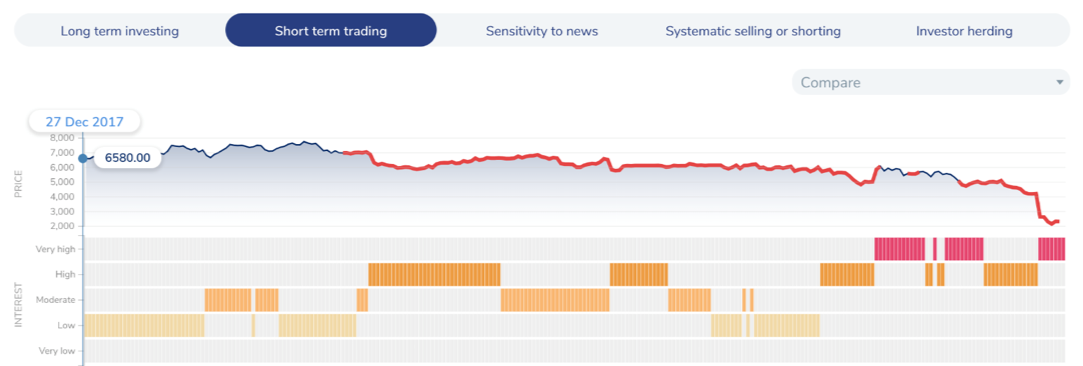The Decline of ASOS – An Investor’s Perspective
Introduction
With the increase of consumer demand for online shopping over recent years, brick and mortar retail stores already knew they were under threat. However, the 40 per cent decline in the share price of online retailer ASOS sent red flags to online retailers too [1].
The global company issued a profit warning due to underwhelming sales performance over the past three months, with particularly low performance in November, a key month for retailers in the run-up to Christmas. It cited warm weather in November as one of the reasons for disappointing sales, due to not as many consumers ordering items specifically for winter such as coats or boots, which are more expensive and yield higher profit margins than a shirt, for example. However, the most prominent reason for the drop in share price of ASOS was the discounts it offered on its items. While consumers love a reduced price on potential purchases, making them more likely to buy goods, the extent that ASOS had to reduce their prices to keep up with competitors such as Zalando was so much that it had a detrimental effect on revenue.
It is important to consider the effects of **contagion **when discussing this event. In this context, contagion is the process by which this negative event borne by ASOS signals to investors that the whole industry will experience poor sales, leading to investors selling shares of other retail companies who may not have been as badly affected as ASOS, or furthermore, not affected at all. Following the ASOS profit warning, shares in Zalando fell 16% and shares in H&M fell 7%, displaying the effect of contagion in the retail industry [1].
Slow retail growth has not solely happened in Europe – across the US, the STOXX® USA 900 Retail index (a weighted average of the share prices of American retail companies), fell 20% from October to December [2]. This indicates that the retail industry, in general, is experiencing a slowdown in consumer spending, largely due to rising prices and a proportionately larger amount of expenditure spent in summer due to the World Cup [3].
An Investor’s Perspective
Using data from fintech company irithmics, who use artificial intelligence (AI) to analyse and anticipate the behaviour of institutional investors working with companies listed on the London Stock Exchange, we can analyse investors’ expectations leading up to this price drop. The chart below (Figure 1) illustrates the share price of ASOS, along with AI’s estimate of investor interest (or appetite) in the company on a scale of ‘very low’ to ‘very high’. From the chart we can see that interest associated with longer-term investing behaviour was relatively low and bearish (as indicated by the red highlighted price chart), since around March 2018 – we can see this by comparing both price and investor interest charts. The higher the interest rating, the more likely that investors will act according to their views (in this case, negatively). The moderate/high interest in the stock coupled with the overall bearish outlook of those investors with a longer-term perspective goes someway to explaining the sharp decrease in share price as investors revaluate their holdings in ASOS. This is to say, investors are selling it as they anticipate the investment case for ASOS is weakening. The rise of interest to “High” of September 27 is also of interest as this too suggests that investors may have anticipated a fall in the retail company’s value on 17 December: their bearish interest increased up to the point of the profit warning where it became ‘very high’.

Figure 1 (Irithmics, 2018)
Looking at behaviour consistent with short-term trading, the effect was not dissimilar to long-term investors, the only difference being that short-term traders had a very high bearish outlook an ASOS earlier than long- term investors so sold their shares before. This is intuitive due to the short-term nature of these transactions (a long-term investor such as a pension fund may take more time to consider a strategic re-allocation of their fund due to their aim).

Figure 2 (Irithmics, 2018)
Recovery
With the uncertainty in the consumer market that BREXIT brings with it as well as Thanksgiving and Christmas already behind us, one may suggest that ASOS will need to alter their strategy in order to see their share price bounce back. For retail investors, it may be more prudent to invest in high-end fashion companies such as Burberry who have a more inelastic price elasticity of demand (consumers are less sensitive to price changes) due to the target market of these designer boutiques being those with higher incomes.
